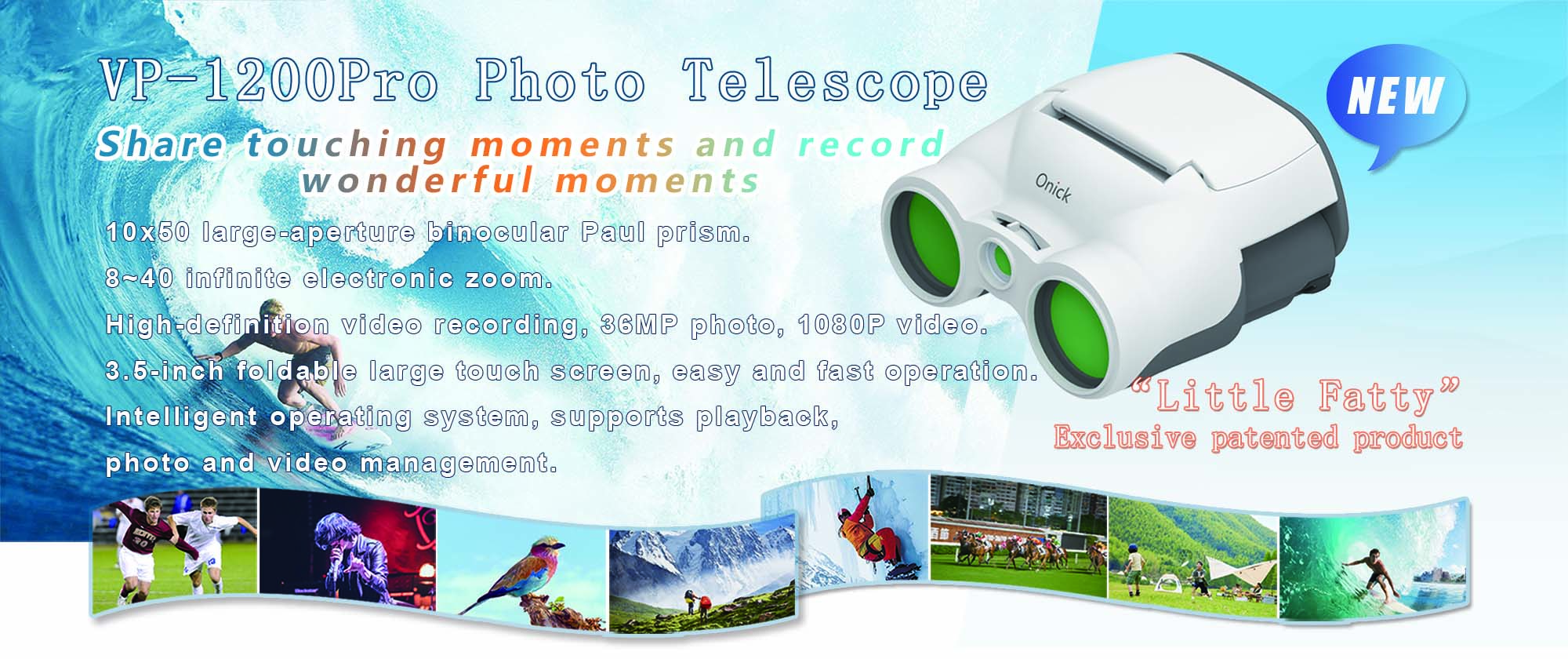Sometimes in our daily life, we want to choose a telescope. How do we choose a telescope? How do we choose a telescope? How do we read the functional parameters of a telescope? Let's share some methods below.

How to Choose a Telescope: A Guide to Reading Functional Parameters
Astronomy is an exciting hobby that can bring you closer to the mysteries of the universe. Choosing the right telescope for your needs can be a daunting task, with so many models, sizes, and features available on the market. In this article, we will provide you with tips on choosing the perfect telescope for your stargazing needs by reading functional parameters.
Magnification
Magnification refers to how much an object is enlarged by the telescope. Contrary to popular belief, magnification isn't the most important factor in choosing a telescope. Higher magnification doesn't always lead to sharper, clearer, and brighter images. A telescope's magnification depends on two factors: the focal length of the telescope and the eyepiece used. Choose a telescope with a moderate magnification range that fits your needs.
Aperture
Aperture is the diameter of the telescope's main mirror or lens. It is the primary factor that determines the telescope's light-gathering power, which directly affects the brightness and clarity of the image. As a rule of thumb, the larger the aperture, the better the telescope. A telescope with an aperture of at least 70mm should be sufficient for beginners.
Focal Length
Focal length is the distance between the main lens or mirror and the point where light converges to form an image. A long focal length telescope provides high-magnification views of narrow fields, while a shorter focal length reflects a wider field of view. Consider the focal length that is most appropriate for your interests and viewing environment.
Mount Type
A telescope mount is designed to hold the telescope and allow it to move in different directions. There are two primary types of mounts: altazimuth and equatorial. Altazimuth mounts move up and down, left and right, while equatorial mounts track the motion of objects in the sky as the earth rotates. An equatorial mount is more suitable for astrophotography and long-duration observations.
Telescope Design
Telescopes come in different designs, including refractor, reflector, and catadioptric. Refractor telescopes use lenses to magnify an image, while reflector telescopes use mirrors. Catadioptric telescopes use a combination of mirrors and lenses to gather and focus light. The telescope's design can affect image quality, portability, and cost.
Conclusion
Choosing a telescope requires careful consideration of a range of functional parameters. Magnification, aperture, focal length, mount type, and telescope design are all important factors. Take the time to research and consider each parameter before making your purchase. With the right telescope, you can begin exploring and appreciating the wonders of the universe.

